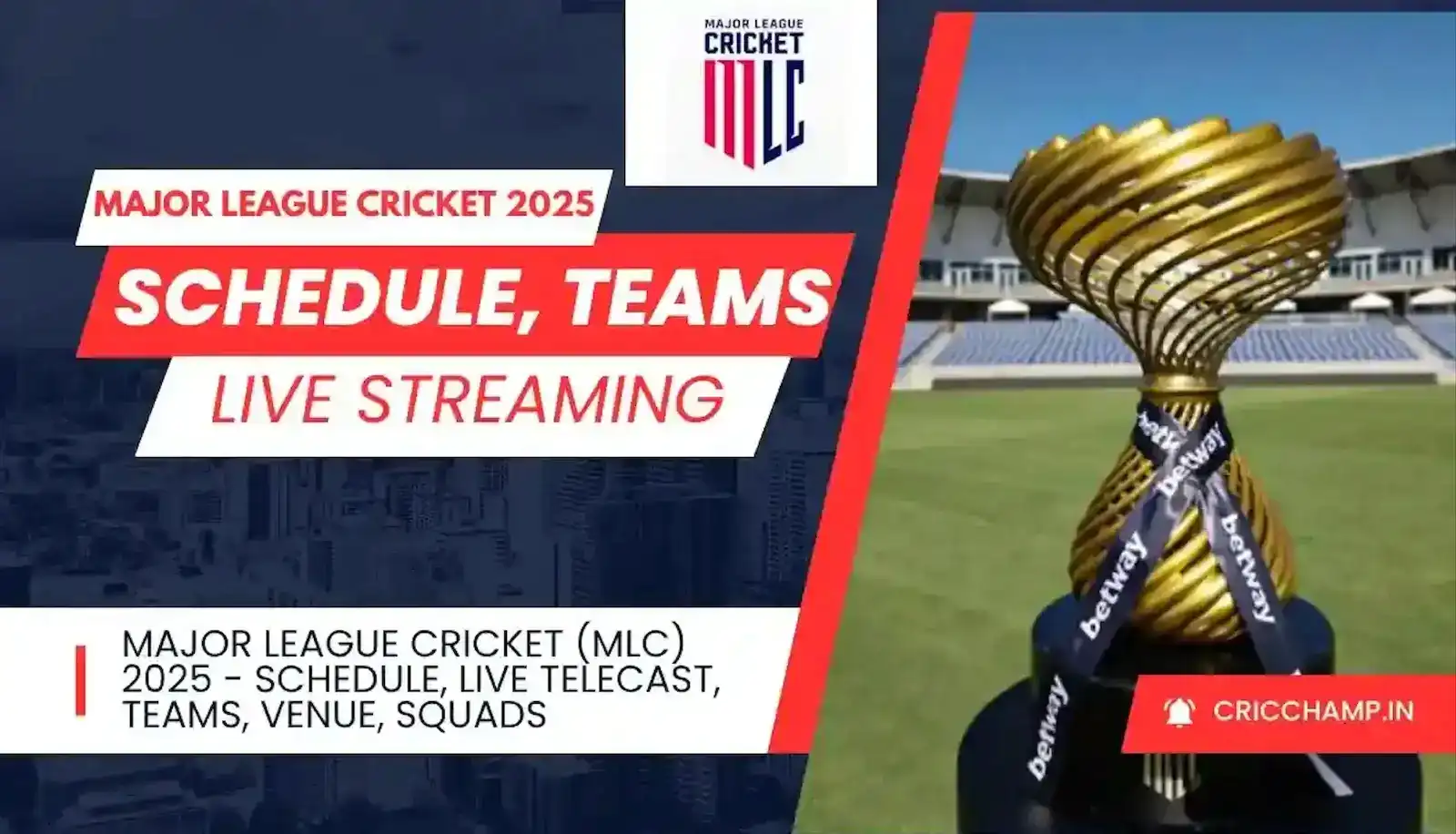
After a lot of deliberation on social media, Gautam Gambhir’s appointment as the new head coach of the Indian Cricket Team became official on Tuesday. The Board of Control for Cricket in India took to their ‘X’ account to update on the same.
“Mr Gautam Gambhir appointed as Head Coach – Team India (Senior Men). Mr Gambhir will take charge from the upcoming away series against Sri Lanka where Team India are set to play 3 ODIs & 3 T20Is starting July 27, 2024.”, BCCI wrote on X.
Gautam Gambhir’s first assignment as the head coach of team India begins with India’s tour of Sri Lanka. India will be touring the Island nation for three T20Is and as many ODIs.
Amidst all the elation on social media, there have been reports that Virat Kohli wasn’t kept in the loop while making the decision. Over the years, there have been heated on-field moments between Virat Kohli and Gautam Gambhir, which led to the speculation that Virat Kohli wasn’t pleased with Gambhir’s appointment.
Gambhir had a heated altercation with Virat Kohli after the conclusion of LGS vs RCB match in the 2023 season. However, the due were seen embracing each other on the field in the 2024 season.
As per a report by Hindustan Times, Hardik Pandya and a few others were told about same prior to the announcement. However, the management chose not to include Virat Kohli in the discussion.
“There is enough time for the two to have conversations over the table. But it was important for the BCCI to look at the big picture with many youngsters likely to feature in the coming years,” a source was quoted as saying according to the report.
Both Virat Kohli and Rohit Sharma have taken retirement from T20 internationals, while Hardik Pandya is likely to succeed Rohit as captain as far as the shortest format is concerned.
Virat Kohli’s bitter-sweet on-field relationship with Gautam Gambhir has remained a talking point for many years. It will be interesting to see how the two get along while representing the national team, once again.








